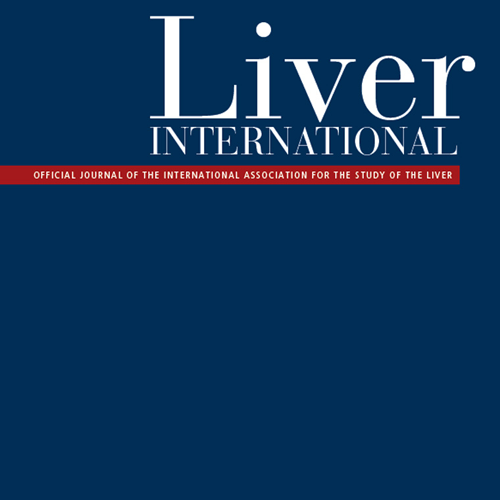Summary
Background
Switzerland has made strides towards hepatitis C virus elimination, but as of 2019, elimination was not guaranteed. However, political interest in viral hepatitis has been increasing. We sought to develop a better understanding of Switzerland’s progress towards HCV elimination and the profile of remaining HCV-RNA-positive patients.
Methods
A previously described Markov model was updated with recent diagnosis and treatment data and run to generate new forecasts for HCV disease burden. Two scenarios were developed to evaluate HCV morbidity and mortality under the status quo and a scenario that achieves the Swiss Hepatitis Strategy Elimination targets. Next, an analysis was conducted to identify population segments bearing a high burden of disease, where future elimination efforts could be directed.
Results
At the beginning of 2020, an estimated 32 100 viremic infections remained in Switzerland (0.37% viremic prevalence). Adult (≥18 years of age) permanent residents born abroad represented the largest subpopulation, accounting for 56% of HCV infections. Thirteen countries accounted for ≥60% of viremic infections amongst permanent residents born abroad, with most people currently residing in Zurich, Vaud, Geneva, Bern, Aargau and Ticino. Amongst Swiss-born HCV-RNA-positive persons, two-thirds had a history of IDU, corresponding to 33% of total infections.
Conclusions
In Switzerland, extra efforts for diagnosis and linkage to care are warranted in foreign-born populations and people with a history of drug use. Population-level measures (eg increasing the number of providers, increase screening) can identify patients who may have otherwise fallen through the gaps or avoided care because of stigma.
Countries: Switzerland

